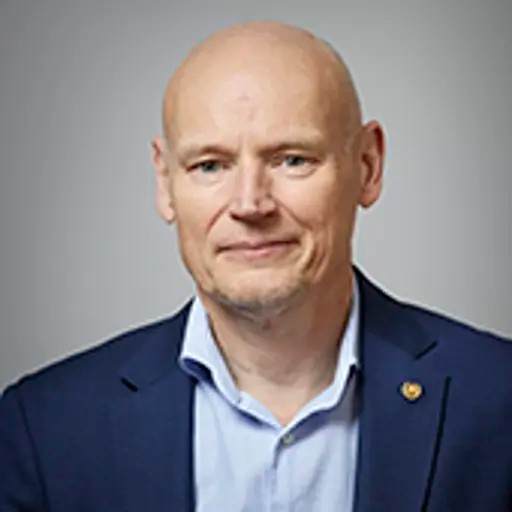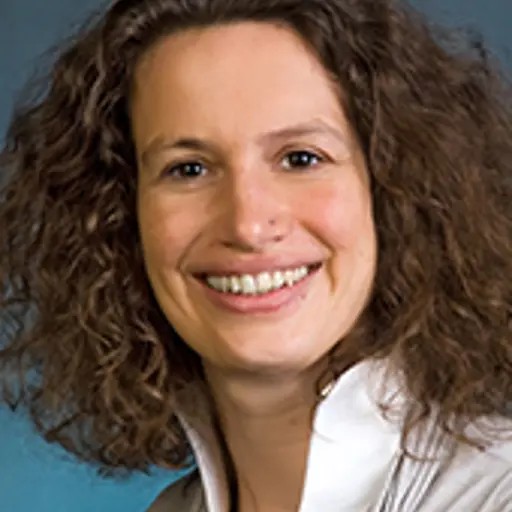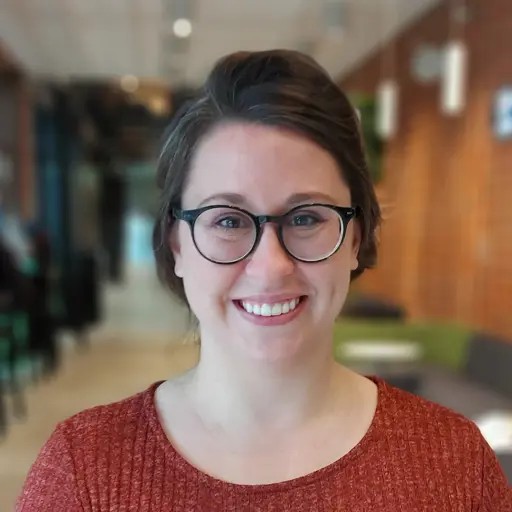
Physics and Nanoscience are two of Chalmers’ most male-dominated research areas. Yet in the latest rounds of doctoral student recruitments, the gender balance was 50–50. The key to this? Broadening the call for applicants and employing many doctoral students at the same time.
“Recruitments with a broader focus disrupt networks that dominate these recruitments, and they are incredibly good for research excellence,” says Janine Splettstösser, Director of the Nano Area of Advance.

One project, one specific area, one doctoral student. This is what the process often looks like when Chalmers recruits doctoral students.
“In the past, we’ve always had quite separate and narrow recruitment processes. One year, we had 17 different doctoral student recruitments spread over the year, all of which had their own process. The result was that 16 of the 17 doctoral students recruited were men,” says Thomas Nilsson, Head of the Department of Physics.
In 2020, the department management at Physics had a rethink, and chose to focus on more cohesive, group-oriented recruitment processes. These days, multiple doctoral students are employed in each recruitment round, and all advertised positions are made public at the same time.
The Nano Area of Advance (SO Nano), formerly known as the Excellence Initiative Nano, has gone down a similar path. The last nine doctoral student recruitments linked to SO Nano have been big, with many positions advertised simultaneously. In addition, the calls for applications have focused on broad areas rather than on specific projects or a specific research focus.
In SO Nano’s broad call for applications for Excellence PhD positions, half of those recruited were women. Physics has also experienced a better gender balance in their doctoral student recruitments. Today, 32 out of 72 doctoral students at the department are women, i.e. 44 per cent – an increase of 27 percentage points since 2018.
“Broad recruitments aren’t the only solution, but for us, the outcome has shown that it is worthwhile to have faith in this strategy and stick to it. Because it can really make a difference in the long run,” says Janine Splettstösser, Area of Advance Director for Nano.
Leads to higher numbers of applicants
Broadening recruitment and multiple calls for applications simultaneously is a method that was used for the first time in 2010 in Chalmers’ central recruitment of postdoctoral research fellows. Since then, the strategy has been used in many central recruitment rounds for postdoctoral research fellows, and has also inspired some of Chalmers’ other activities in their recruitment processes.
Two of these are SO Nano and the Department of Physics, where a broader recruitment strategy has led to many benefits when recruiting doctoral students. Janine Splettstösser and Thomas Nilsson note that the gender balance has improved considerably, while also stressing that an equally important goal of the strategy has been to increase research excellence.

“In these recruitments, we haven’t talked specifically about gender, but many well-qualified women have applied and turned out to be the best candidates. When we broaden recruitment processes, we get a large number of applicants who are not so easy to compare with each other, where we can see potential from many different angles. This means that we can open up new fields, and discover unanticipated opportunities and collaborations. This is great for research excellence, and it’s also had the benefit of a better gender balance,” says Janine Splettstösser.
Generates unanticipated research opportunities
Narrow, separate calls for applications can often lead to recruitment from existing networks – which are usually dominated by men. Having multiple, less specifically targeted positions advertised simultaneously therefore provides a pathway towards greater variation.
“It’s easy to have a predetermined picture of the ideal candidate and to not look beyond your own network when recruiting. Which is why it’s good to look in different ways so that we get access to more applicants,” says Janine Splettstösser.
She gives an example from the recent recruitment of doctoral students, where two women stood out in the wealth of applications received. Their qualifications did not specifically match any of the advertised positions, but they had such interesting CVs that Janine and her colleagues did not want to miss out on them.
“Looking at their skills, we saw whole new opportunities, and we chose to take advantage of this by employing them instead in a project. This shows that broad calls for applications can open up unanticipated and exciting pathways to new research that we otherwise would not have seen,” says Janine Splettstösser.
Broader has meant new collaborations
Both are convinced that this recruitment strategy has meant that many candidates have applied who otherwise would not have bothered. Angela Grommet, Assistant Professor at the Department of Chemistry and Chemical Engineering, agrees with this. She applied to Chalmers in one of the broad calls for applications for postdoctoral research fellows, where fifteen positions were appointed at the same time. Angela Grommet was attracted by the large number of positions on offer, and the fact that their formulation opened the way for exciting collaborations and interdisciplinary research.

“I had applied for roughly 30 positions at different universities in Europe, and many were highly specific positions in organic chemistry that were not a good match with my qualifications. Chalmers was the only university that was looking for people interested in an area of research, but who could also linked together several different areas. My expertise is in chemistry, but here at Chalmers I’ve found many exciting collaborations with researchers in areas such as physics, life science and computer science. My box of tools really comes in useful in many areas,” she says.
Greater spread and sense of community
Being part of a group of researchers who were employed at the same time has many benefits,” says Angela Grommet.
“I’ve benefited greatly from the research community and cooperation with those who were recruited at the same time as me. We’ve become acquainted with each other, shared experiences and taken courses together – that’s been very helpful,” she says.
Thomas Nilsson sees another benefit in advertising for many positions at the same time.
“At Physics, we’ve seen that it generates more buzz. Word about the positions simply gets spread more widely,” he says, and Angela Grommet couldn’t agree more.
“It was really good that all the positions were out there at the same time. It felt exciting to be part of such a large call for applications, and I could relate to many of the different positions, even if not all of them felt like they were exactly right for me. It made it even more interesting for me to apply,” she says.
Critical mass makes a difference
When the proportion of women increases, it can lead in turn to even more women applying to Chalmers. This is usually referred to as ‘critical mass’, and it is something that Angela, Janine and Thomas have all noted.
“Recently, when I got the opportunity to employ someone, I received a large number of applications from women. Many people have told me that it feels good to be able to collaborate with other women, so that they don’t always have to feel like the different one in the group,” says Angela Grommet.
They are all convinced that the Genie initiative, Chalmers’ multi-million kronor investment to promote gender equality, has been of great importance to improving the University’s gender balance and its research excellence.
“The initiative shows that Chalmers is really investing in and wants to employ more women. I’ve heard many women say that this has been a major motivator for them to apply to Chalmers,” says Thomas Nilsson.
- Full Professor, Subatomic, High Energy and Plasma Physics, Physics
- Full Professor, Applied Quantum Physics, Microtechnology and Nanoscience
- Assistant Professor, Chemistry and Biochemistry, Chemistry and Chemical Engineering


